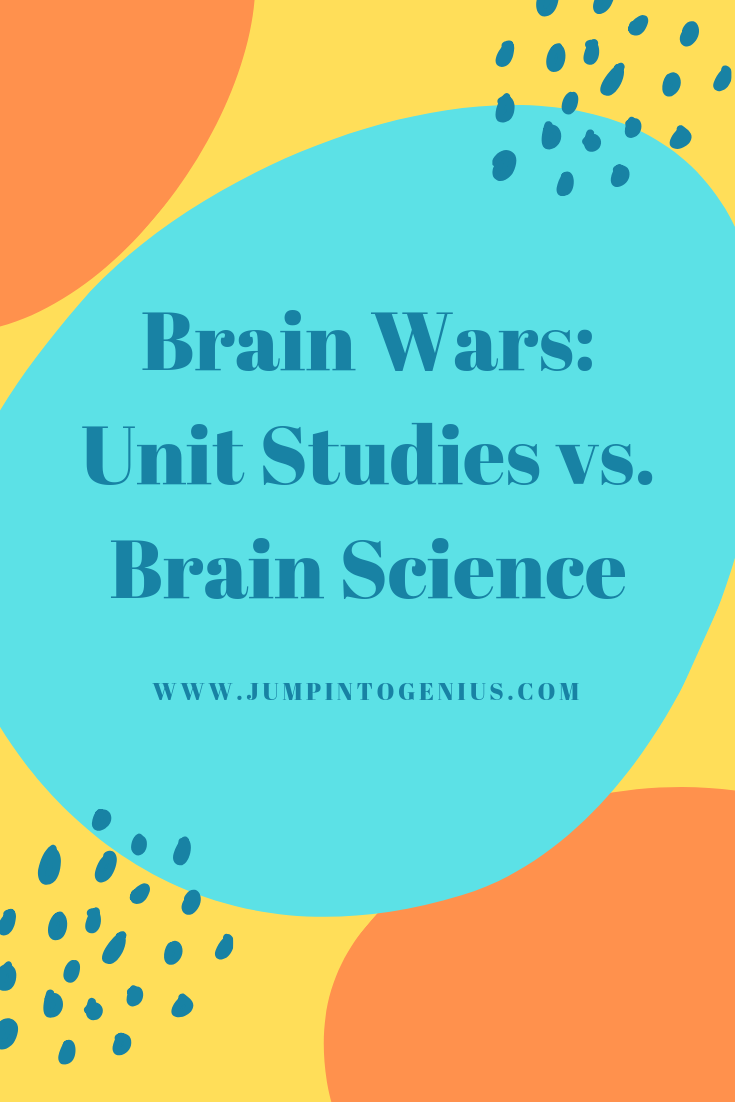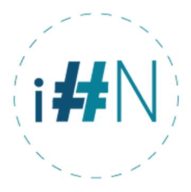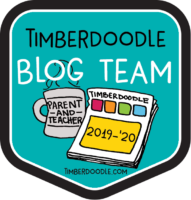
As I read about cognitive and neuroscience and all the amazing ways our brain learns I often see why I was attracted to certain educational philosophies and also why I didn’t jump all in. In other words, most of the educational philosophies popular in the homeschooling world have clear strengths and weaknesses when viewed through the lens of modern brain science.
It is time to judge these philosophies against the truths revealed by science. This is not to disparage any one philosophy of education, or even to elevate science above philosophy. It is simply that when we consider education from more than one angle we can often get to the heart of the deepest, universal truths. Yes, I said universal truths. Learning is not all relative or unique. Yes, humans are all unique and our kid’s brains may work in slightly idiosyncratic ways. But what goes on in our brains when we learn is much more similar to what happens in every other person’s brain than it is different.
So even though we may tweak the details of our children’s education to personally suit them, we do not need a separate philosophy for each child. Understanding the big, deep, universal truths about how humans learn can transform our homeschooling adventures. With understanding comes confidence and discernment. There is no getting around the fact that our self-embraced freedom as homeschoolers means we have a million choices to make about our child’s education. Making good choices, knowing what each child needs and when, is an art, but that art, like any other, has underlying principles. Once we understand those principles we will be able to compose a beautiful education each day and week, month and year, for our child, with greater ease.
This art of education is more important than any other art in the world, as we are forming souls and shaping the future of humanity. And this art is closer to our heart than any other artistic endeavor we will attempt throughout our lifetimes. These are our children, and we want not only to get it right but to paint the most beautiful childhood for them that we possibly can. In fact, we desire to paint a perfect picture…but the thing about art is that it defies being defined as perfect. Certainly, art comes in various qualities and styles, some works fading away and other enduring over time. But no one piece of art is the ‘perfect’ piece towards which all artists strive.
It is the same with parenting and educating our children. There is no one perfect outcome. There is a nourishing and unfolding of beauty, a discovery of what this canvas is capable of holding and being and doing. There is no perfection.
Here, we dive into what every human canvas, the brain, needs to develop.
Defining Unit Studies
Unlike some of the other educational philosophies I have covered, the unit studies approach is very clear and easy to define. This is probably because it could almost be described as a method of education, instead of a philosophy.
However, proponents of the unit studies approach often adopt the method for philosophical reasons.
Unit studies focus on taking one topic at a time and exploring all subjects through the lens of that topic. It is about connection. In typical modern education, every subject is separated from the others as much as possible, which means we continually have more and more subjects that need to be studied and also that we have little clue about how one topic connects to another.
Unit Studies are often full of books, videos, hands-on-projects, and even field trips. They are often used to learn a topic together as a family as some of the materials used and projects assigned can be changed to suit the age and ability of each child.
If you are not familiar with the concept of Unit Studies you can find out more details here.
Greatest Brain Strengths
- First off, our brain is built to make connections. When we learn a new concept or idea and it is connected to 10 different topics in our brain, the memory surrounding the concept sinks deeply into our neural matrix. By connecting the concept across subjects we are showing the brain exactly where to store this info and what other info it should be connected to it.
- These connections make it an efficient way of learning because less repetition is needed for the idea to ‘stick’ in our brains. Think of it like tape, you want to hang a large poster…will one tiny piece of tape do the job? Or would it be more efficient to line all the edges all with tape and know the poster will stay in place? You can try one little piece of tape, but before long the poster will fall down. You may then put a new little piece of tape in a different spot or use a slightly larger piece of tape. Maybe you center the tape more carefully. The next morning you are frustrated to realize the poster is on the floor again. You now splurge and use two pieces of tape, one on each top corner. It holds for two days. You add two more pieces, so every corner has a little piece of tape. It lasts a week. You are starting to wonder what in the world is wrong with the poster? Why can’t it just stay on the wall? I think you see my point. Sometimes, when we are introducing new information to our kids, we simply don’t use enough tape to ensure that it sticks in their brain permanently. Unit Studies are a great tool because they ensure we are teaching in a sticky way.
- Fun. It is a three letter word and an important part of learning. Having fun signals to our amygdala that what is happening is good, we are safe and comfortable, therefore this new information is filtered to our higher brain, for thorough processing. If our kids are bored they retain nothing. On the other hand, if they think something is too hard their brain will also shut-down. This doesn’t mean every learning experience has to look like a party. Fun can be had in many different ways, some as simple as reading a great story. It is also important to remember that just because something is fun does not mean it is always easy. Many things people do as hobbies require a lot of hard work, but because they enjoy the hobby, they have fun doing the work. This is what we want to strive for, learning to love learning means that your child will have a lifetime hobby of learning. It won’t always be easy, but they can always enjoy it.
Greatest Brain Weaknesses
Although unit studies often systematically teach connections between subjects they do not always teach each subject in a systematic way. For this reason, they are not often used for subjects that require systematic understanding and skills practice. For example, math is often left out of unit studies or only touched on. Many people who primarily use unit studies buy a separate, non-unit study, math curriculum. I think math can be its own unit study and that can be a lot of fun and help kids love numbers, but because one skill in math is needed in order to understand the next skill, incorporating it into other unit study topics will not usually provide to scope needed.
As long as you understand the difference between skills subjects and content subjects, and make sure to get your kids the appropriate level of skills practice in those subjects every day, whether or not it fits neatly into your planned unit study topic, unit studies are an effective, efficient way to learn.


